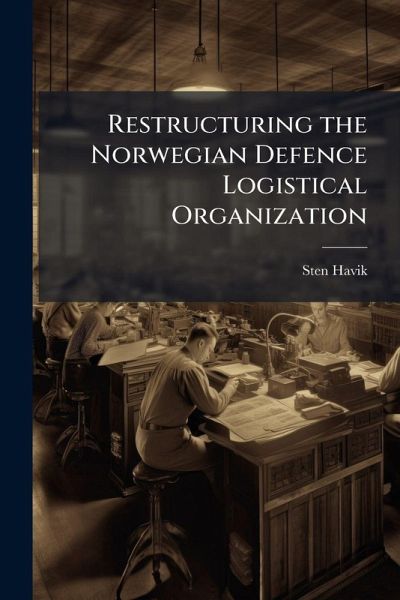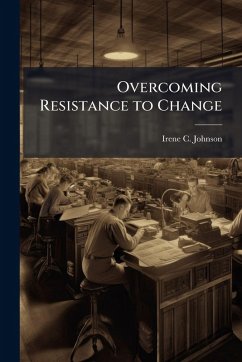
Restructuring the Norwegian Defence Logistical Organization
Versandkostenfrei!
Versandfertig in über 4 Wochen
14,99 €
inkl. MwSt.
Weitere Ausgaben:

PAYBACK Punkte
7 °P sammeln!
The Norwegian Logistic Defence Organization (NDLO) has a total life cycle responsibility for all defence equipment and weapon platforms - from procurement through operational support to disposal - in other words cradle to grave responsibility. In addition NDLO delivers administrative services to all Norwegian Defence forces. These services include transportation, catering, accommodation, security services and information resource management. NDLO employs 1/3 of all employees in the Norwegian Armed Forces, is responsible for 45% of the annual defence budget and uses 65% of total floor space. Wi...
The Norwegian Logistic Defence Organization (NDLO) has a total life cycle responsibility for all defence equipment and weapon platforms - from procurement through operational support to disposal - in other words cradle to grave responsibility. In addition NDLO delivers administrative services to all Norwegian Defence forces. These services include transportation, catering, accommodation, security services and information resource management. NDLO employs 1/3 of all employees in the Norwegian Armed Forces, is responsible for 45% of the annual defence budget and uses 65% of total floor space. Within the Norwegian Armed Forces, NDLO is a large and complex organization, and has implemented a comprehensive reorganization and downsizing process since 2002. This reorganization process is probably the largest downsizing program ever in the Norwegian public sector. The purpose of this professional studies paper (PSP) is to make a case study of the reorganization and downsizing process in NDLO. The process is interesting for several reasons: First, the process has contributed extensively to give the organization a joint perspective. This work has been selected by scholars as being culturally important, and is part of the knowledge base of civilization as we know it. This work was reproduced from the original artifact, and remains as true to the original work as possible. Therefore, you will see the original copyright references, library stamps (as most of these works have been housed in our most important libraries around the world), and other notations in the work. This work is in the public domain in the United States of America, and possibly other nations. Within the United States, you may freely copy and distribute this work, as no entity (individual or corporate) has a copyright on the body of the work. As a reproduction of a historical artifact, this work may contain missing or blurred pages, poor pictures, errant marks, etc. Scholars believe, and we concur, that this work is important enough to be preserved, reproduced, and made generally available to the public. We appreciate your support of the preservation process, and thank you for being an important part of keeping this knowledge alive and relevant.












